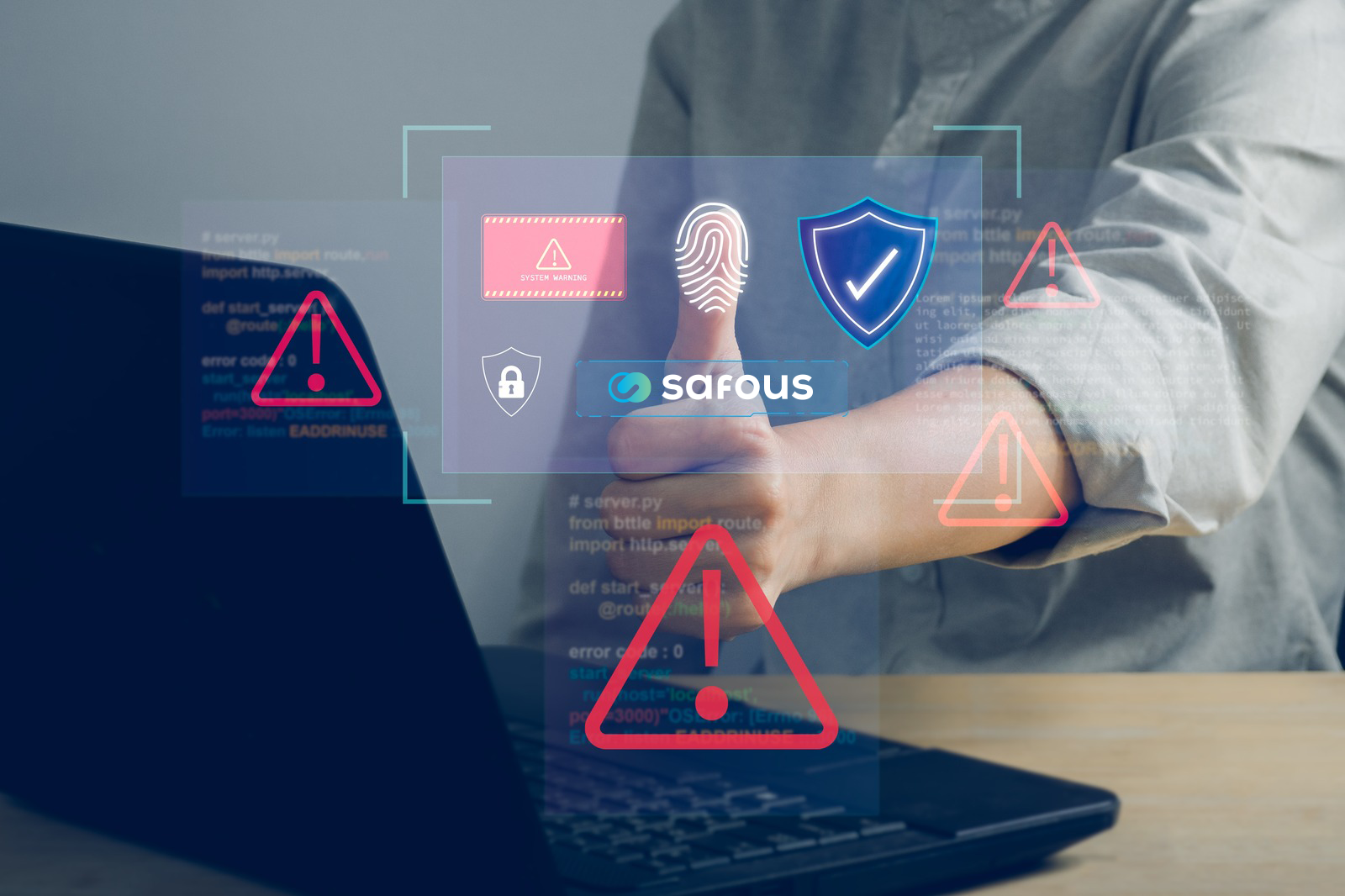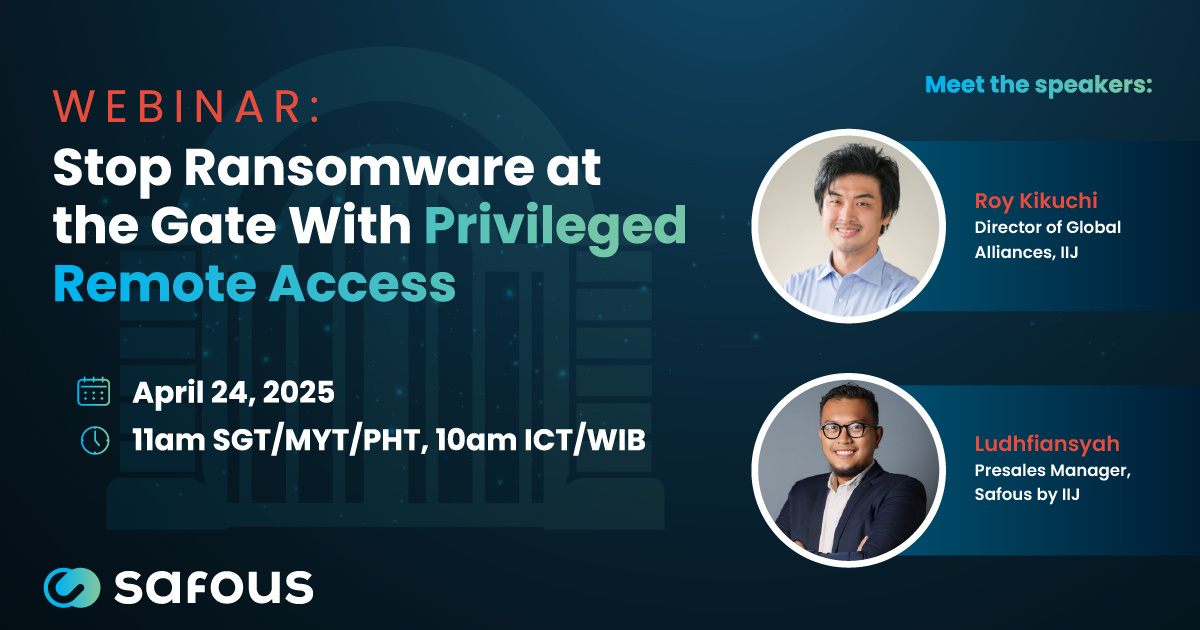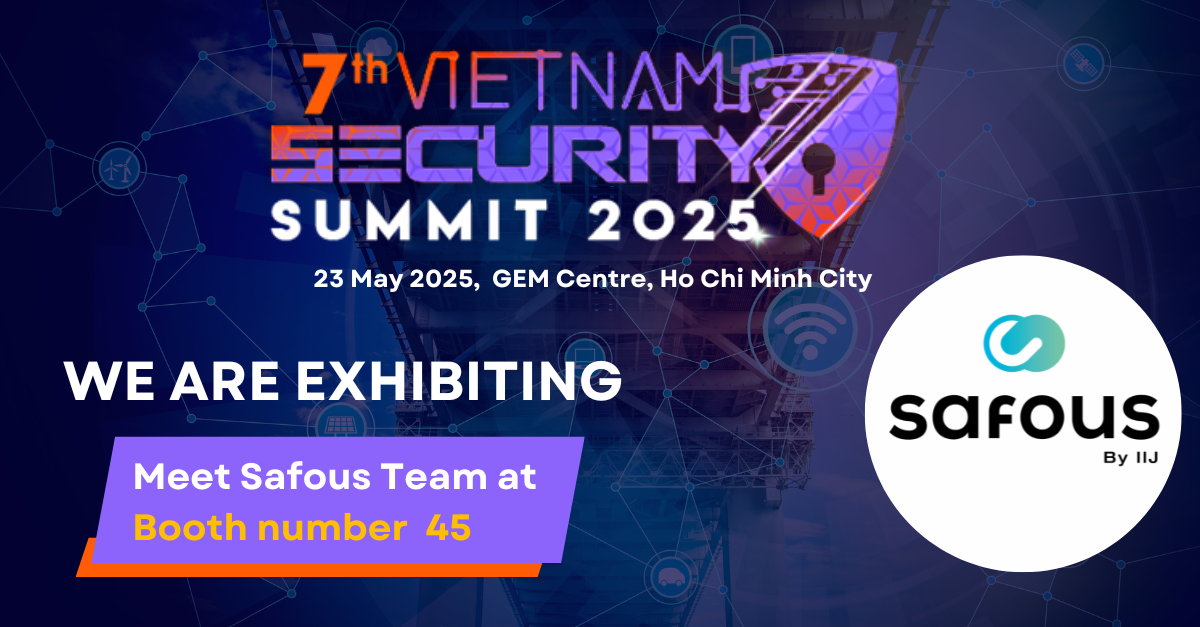The transition to remote work over the past few years has reshaped how we do business, providing more flexibility than ever before. However, with this transformation comes new challenges, especially when it comes to cybersecurity.
Cyberattacks have increased by 238% since the start of the pandemic,1 with 62% of businesses reporting an increase in attacks targeting their remote or hybrid workforce.2 As we look ahead to 2024, adopting a zero-trust security approach will be key to securing your work-from-anywhere teams. Read on for a complete guide to zero trust – what it is, how it works, and why it's essential for securing remote workers.
What Is Zero Trust?
Zero trust is a security framework that operates using the principle of least privilege. Unlike traditional network security, which assumes everything within the network perimeter is trusted, the zero-trust security architecture continuously validates connections before allowing users or devices to access network resources.
How Does Zero Trust Access Work?
Zero trust access (ZTA) solutions leverage the zero trust security framework and related technologies to strengthen your cybersecurity posture. Here's how:
Identity Verification
ZTA solutions use a combination of multi-factor authentication (MFA) and risk-based authentication measures to verify users. With MFA, users must provide two or more proofs of identity to log in, such as a password and a code sent to their cell phone. Risk-based authentication looks at factors such as where the user is logging in from, what device they're using, and what time of day it is to assess the risk of each login attempt.
Continuous Authentication
Traditional security models often rely on a one-time login and assume the user is who they claim to be throughout the session. ZTA, on the other hand, incorporates continuous user authentication. Users are continuously re-authenticated and re-verified throughout their session, reducing the risk of unauthorized access if the user identity is compromised.
Access Control
Once a user and device have been verified, zero-trust solutions use strict access controls to determine what resources the user is permitted to access. This is typically done using a least privilege approach, meaning users are only granted access to the resources they need to do their job.
Network Visibility
A core tenet of zero trust security is understanding the activities happening within the network. This involves real-time monitoring and analysis of network traffic and user behaviors to detect potential threats. The data collected is used to make access decisions and trigger alerts when suspicious activities are detected.
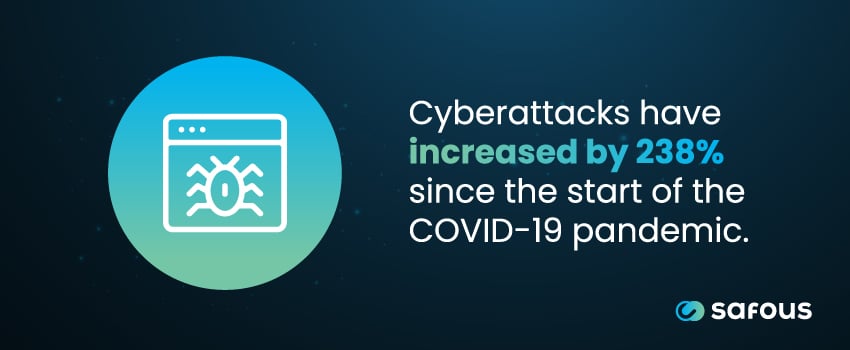
Principles of Zero Trust Security
The zero-trust security model operates on a strategic set of principles that redefine how we approach network security. Here are the key principles:
Never Trust, Always Verify
The zero trust model says that no user or device is implicitly trusted, whether inside or outside the organizational network. Each access request has to be verified without exception, minimizing the risk of any unauthorized access. By constantly challenging every user and device to verify themselves, zero trust locks things down and strengthens your defenses against threats.
Least Privilege Access
Least privilege access operates under the assumption that every user should have the minimum levels of access necessary to perform their job functions, and no more. This means restricting access to sensitive information and critical systems to only those users who need it. The principle of least privilege access significantly reduces the potential for security breaches, as an attacker will have limited access to sensitive resources even if they compromise a user's account, minimizing the potential damage.
Micro-Segmentation
Networks are traditionally built with the assumption that once a user gains access, they can move freely within the network. ZTA employs micro-segmentation to compartmentalize the corporate network into smaller, isolated segments. Users or devices can only gain access to the specific segments necessary for their tasks.
Zero Trust Use Cases
While any organization can benefit from implementing a zero-trust model, ZTA solutions are especially helpful if your business uses legacy IT systems, unmanaged devices, or cloud-based apps and platforms.
Here are some specific ZTA use cases for businesses:
Prevent Insider Threats
Insider threats refer to potential security risks that originate within the organization, often from employees, contractors, or other third parties with access privileges. ZTA eliminates the possibility of insiders gaining unwarranted access simply because they're already within the network perimeter. By limiting the resources each user can access to only what is necessary for their tasks, the potential damage from insider threats is minimized.
Secure Cloud Workloads
Due to their remote nature and wide accessibility, cloud-based resources are often susceptible to security breaches. ZTA secures these workloads by enforcing strict user identity verification protocols, ensuring anyone attempting to access cloud resources is verified.
Defend Against Ransomware
ZTA mitigates the risk of ransomware attacks by validating all access requests, regardless of origin. It employs MFA and continuous validation of identities and devices to combat phishing attacks, a common vector for ransomware. And because ZTA offers improved network visibility, security teams can quickly detect abnormal user behavior or network traffic and respond quickly to neutralize the threat.
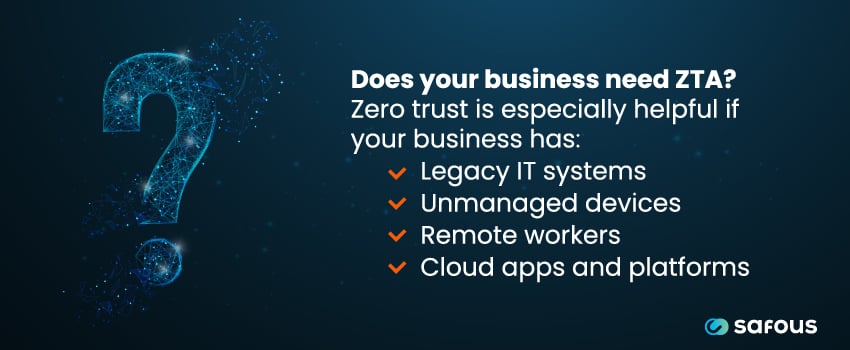
Why Should Businesses Secure Remote Workers?
As remote and hybrid work models become the norm, securing remote network access is imperative. Employees are no longer confined to physical office spaces; they can work from virtually anywhere. This shift has provided businesses with numerous benefits – but it also creates unique security challenges to overcome, such as:
- Employees using personal devices, which may not have the same security measures in place as in-office devices.
- Employees accessing or sending sensitive data over public internet connections, which could be eavesdropped on by third parties.
- Employees using a broader set of tools, such as RDP and VPN clients, which create new potential security vulnerabilities.
By securing remote network access, you can reduce the risk of cyberattacks, data breaches, and other threats exploiting these new remote working risks.
Remote Access Security Best Practices
Here are some best practices your business can adopt to ensure your remote employees can safely access company resources:
Set Up a VPN
A virtual private network (VPN) encrypts traffic between the remote device and the network, making it more difficult for attackers to intercept corporate data. VPNs are essential for employees working from public Wi-Fi networks.
Enforce Multi-Factor Authentication (MFA)
MFA tools require users to provide two or more authentication factors to gain access to network resources. This prevents unauthorized users from accessing your network, even if they access an employee's credentials or steal a compromised device.
Regularly Update and Patch Your Systems
Keeping your IT systems up to date is crucial in protecting against potential security vulnerabilities. Regularly patch and update all software, including operating systems, applications, and security platforms.
Create a Remote Work Policy
Establish how your employees work remotely by outlining the rules and procedures for remote work, including:
- Whether they're allowed to use personal devices when working outside of the office.
- What data they can download using personal devices, and what needs to stay in the office.
- Whether they can install non-work related software on devices used to access the corporate network.
- How they should report suspicious activity when working remotely.
Creating a clear policy for your remote workers can help ensure your employees are on the same page when it comes to making security a priority.
Collaborate with Third-Party Vendors
If you use third-party vendors to provide remote access services to your teams, ensure they have strong security measures in place. Choose vendors who are committed to remote security and can respond quickly to address any potential threats.
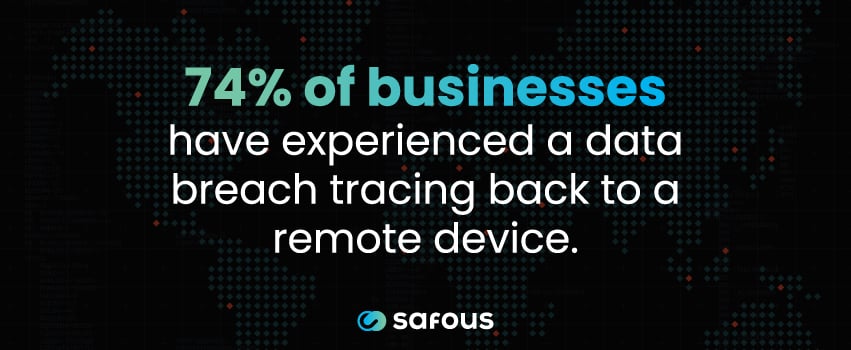
How Does Zero Trust Protect Against Remote Work Security Risks?
A whopping 74% of organizations have experienced a data breach tracing back to a remote device.3 Here's how ZTA can improve security for your remote working teams:
Continuous Identity Verification
ZTA solutions require every device, application, and user to pass an authentication test each time they request access to your network resources, preventing hackers from gaining access based on implicit trust.
Endpoint Protection
By communicating with a single point for each user access request, ZTA minimizes the attack surface. No other endpoints are open, reducing exposure to unauthorized parties.
Network Segmentation
ZTA reduces damage to the network in the event of security events by releasing only as much access as needed to fulfill each request and requiring additional authentication to move throughout the rest of the network.
Scalable Security
Legacy security tools don't protect beyond traditional network perimeters. ZTA is scalable, so it encompasses the entire workforce – regardless of where your remote employees connect to the network.
Centralized Management
ZTA centralizes security management, allowing your IT teams to control company-wide security and remote access policies from a central location for painless deployment and consistent enforcement.
Secure Your Remote Access With Safous ZTA
Remote work is here to stay. But while this flexible work arrangement provides many benefits, it also introduces new cybersecurity risks that must be addressed. By implementing zero-trust security tools, you can strengthen your organization's security posture against the unique risks created by remote environments.
Safous ZTA provides all the tools your business needs to protect your remote workers in a streamlined, all-in-one platform. With Safous ZTA, you can protect your network from cybersecurity threats and provide easy, secure access to your employees with integrated security features, including MFA, single sign-on (SSO), and one-time passwords. Book a risk-free demo today to see our zero-trust security platform in action.
Sources:
- https://www.globenewswire.com/en/news-release/2022/03/15/2403837/0/en/Working-From-Home-Increases-Cyberattack-Frequency-by-238-New-Study-by-Alliance-Virtual-Offices-Finds.html
- https://zipdo.co/statistics/remote-work-cybersecurity
- https://info.lookout.com/rs/051-ESQ-475/images/idg-report-buying-into-mobile-security.pdf
Receive the latest news, events, webcasts and special offers!
Share this
You May Also Like
These Related Stories
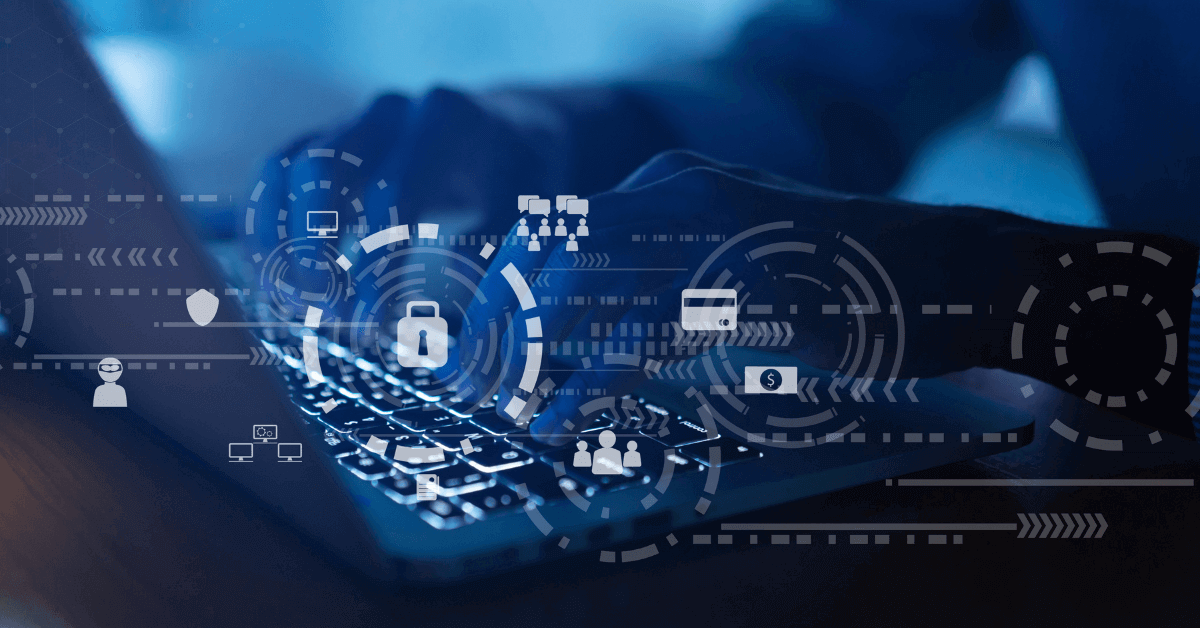
Blog: 3 Reasons Why Zero Trust Is Popular for Businesses

5 Reasons Why You Should Ditch Your Legacy VPNs Today
